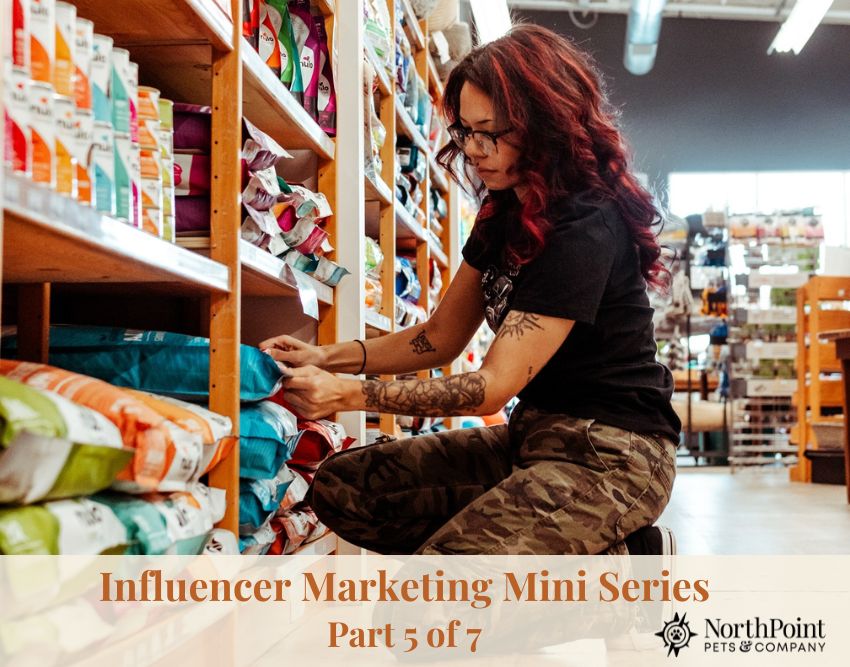Premium Pet Food Myths: What You’re Really Paying For
TL;DR: Think a higher price always means better nutrition for your pet? Not necessarily.
Some brands justify the cost with research-backed formulations, feeding trials, and veterinary nutritionists on staff.
Many inflate prices by adding small amounts, often less than 5% of trendy ingredients like freeze-dried meat, dried fruits, or glossy omega-rich oil coatings, and then wrap it all in luxury-style packaging.
That minor addition can turn a $60 bag of food into a $90 product, without delivering proportionate nutritional benefits.
You’re not always paying for better nutrition; often, you’re paying for perception.
The pet food industry wants you to link high price with high quality, and feel guilty if you spend less.
Want pet food that actually delivers? Skip the gimmicks. Look for evidence, not marketing. At NorthPoint Pets, we prioritize research-backed products and help you make nutrition decisions grounded in real science.
Premium Pricing Without Premium Value
The “premiumization” of pet food has reached almost comical extremes.
Today’s luxury pet products come in packaging that rivals human cosmetics—matte-finish bags with gold foil accents, artistic renderings of wild landscapes, and elegant typography proclaiming attributes like “small-batch crafted” and “artisanal formulation.”
This aesthetic upgrade comes with matching price tags that leave even devoted pet parents with sticker shock.
What Are You Really Paying For?
But what exactly are you getting for that 30-50% premium? Let’s examine one of the industry’s favorite up-charging strategies: the “kibble plus” format, where standard dry food is enhanced with visible inclusions—those appealing morsels of freeze-dried raw meat, colorful dried fruits, or glossy omega-rich oil coatings.
Lab testing shows these premium ingredients typically constitute less than 5% of the total product by weight.
That visually striking freeze-dried raw meat sprinkled throughout the kibble? Often it’s present in quantities too minimal to meaningfully alter the nutritional profile of the base food.
We know this because research has demonstrated that 20% fresh food added to a bowl of kibble yields better results than lesser amounts.
Yet this minor addition frequently justifies a substantial price increase, turning a $60 bag of food into a $90 product without delivering proportionate nutritional benefits.
Why You’re Paying More Out of Fear, Not Facts
The industry has masterfully exploited a cognitive bias that equates price with quality, particularly when it comes to products we buy for loved ones. The psychological mechanism is powerful:
“If something happened to my pet, I’d never forgive myself for choosing the cheaper option.”
This emotional leverage works remarkably well even in the complete absence of evidence that the premium product delivers better health outcomes.
Who Actually Invests in Research?
What’s particularly revealing is examining which brands invest in feeding trials and research validation.
Ironically, some of the most scientifically validated pet foods are:
- Mid-priced options from companies with dedicated research facilities
- Brands with veterinary nutritionists on staff
Meanwhile, many boutique ultra-premium brands operate without:
- A single full-time nutritionist
- An in-house research program
They rely instead on third-party formulation services and contract manufacturing.
The Hidden Risks of Overfeeding
The problem extends beyond simple price-to-value disparities.
Many of these premium diets contain serious flaws in their feeding guidelines, an issue with significant consequences for pet health.
Investigations of feeding recommendations across brands reveal a troubling pattern:
- Your pet consumes more product (increasing your purchase frequency)
- Your pet gradually develops obesity
- You eventually require specialized—and more expensive—”weight management” formulas from the same company
Why “Complete and Balanced” Isn’t Always Enough
This overfeeding problem is compounded by a little-discussed aspect of pet food formulation: most manufacturers formulate to minimum nutrient requirements rather than optimal levels.
Reducing portion sizes to address calorie concerns might inadvertently restrict essential nutrients below ideal thresholds.
The Profit Incentive Behind Minimal Nutrition
Why do companies take this minimalist approach to nutrition? It’s simple economics:
Adding just the required minimum of expensive nutrients like omega-3 fatty acids or chelated minerals reduces production costs significantly across millions of units.
The uncomfortable reality is that, without established optimal nutrient levels (research the industry has little incentive to fund), manufacturers can claim “complete and balanced” status while potentially delivering nutrition that merely prevents deficiency rather than promoting optimal health.
Cutting Through the Noise
If you’re tired of deciphering cryptic ingredient lists, questioning influencer motives, and wondering whether premium prices actually deliver premium results, you’ve found your solution. Visit NorthPoint Pets for straightforward guidance based on nutritional science and practical experience, not paid endorsements and clever marketing tactics.
Wondering why there are suddenly five versions of your pet’s food? Dive into [Part 6: Product Overload: The Shelf Space Game], or get the full story in our [complete breakdown of pet food marketing].
NorthPoint Pets & Co. provides pet parents and pets with premium food and unbiased and honest information regarding the care, feeding, and behavioral drivers of dogs and cats. Our team of experts bring years of experience and education, as well as personality, perspective, and passion to everything we do. Visit the NorthPoint Pets & Co. store in Cheshire, CT – we’re open seven days a week and can’t wait to meet you and your pets!






